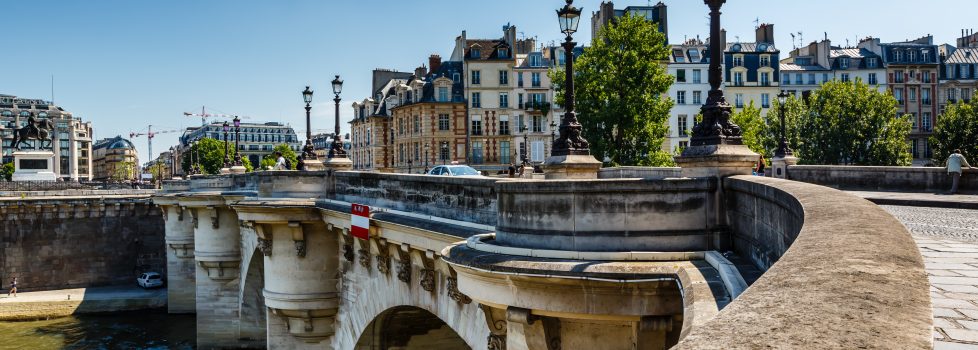A View of Paris
A cultural history of Paris could have started at any moment in the last thousand years, but the most dramatic turning point in the city’s history was the French Revolution: an event which transformed everything, not only in France but across Europe.
The profound shifts in politics and society provoked by the Revolution of 1789 continued to send shock waves down the years. In the course of the nineteenth century Paris was the seat of two Bourbon monarchs, one Orleanist citizen-king, two Bonaparte emperors and two republics. It also endured two more revolutions, two invasions and a commune which nearly destroyed the city.
And yet all through these upheavals, Paris remained a powerhouse of astonishing creativity. From the novels of Victor Hugo and Honoré de Balzac to the ground-breaking achievements of the Impressionists, from the invention of photography and cinema to the re-creation of the Olympic Games, from fashion to gastronomy, Paris streaked ahead in inventiveness and inspiration, making every other capital city in Europe look dim by comparison. In the 1850s, with the vast wealth and enthusiastic support of Napoleon III behind him, Georges-Eugène Haussmann turned Paris into a building site and forged the Paris we see today. The Eiffel Tower, that great expression of soaring optimism, was put up for the World Fair of 1889 and has been the symbol of Paris ever since.
Parisians have long had a reputation for demanding high standards, of themselves and everyone else. They are also impatient and easily bored, in contrast to the more politically and intellectually complacent who prefer a gentler pace of change. Perhaps it was the adrenaline of revolution that made them so restless: so open and receptive to the latest, the newest, the most outrageous, the most innovative, the most unexpected – whatever that happened to be.
